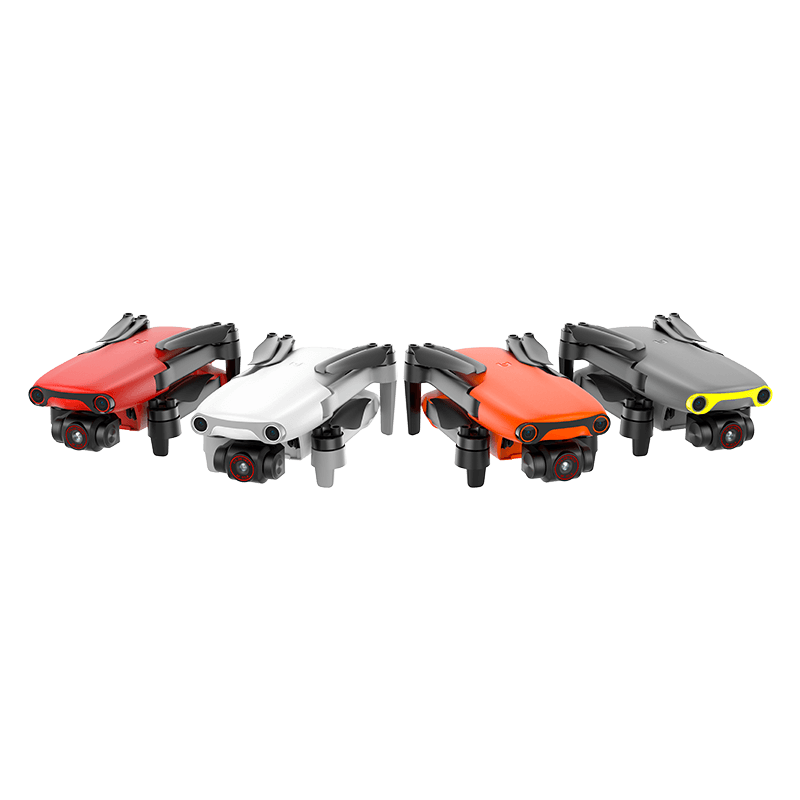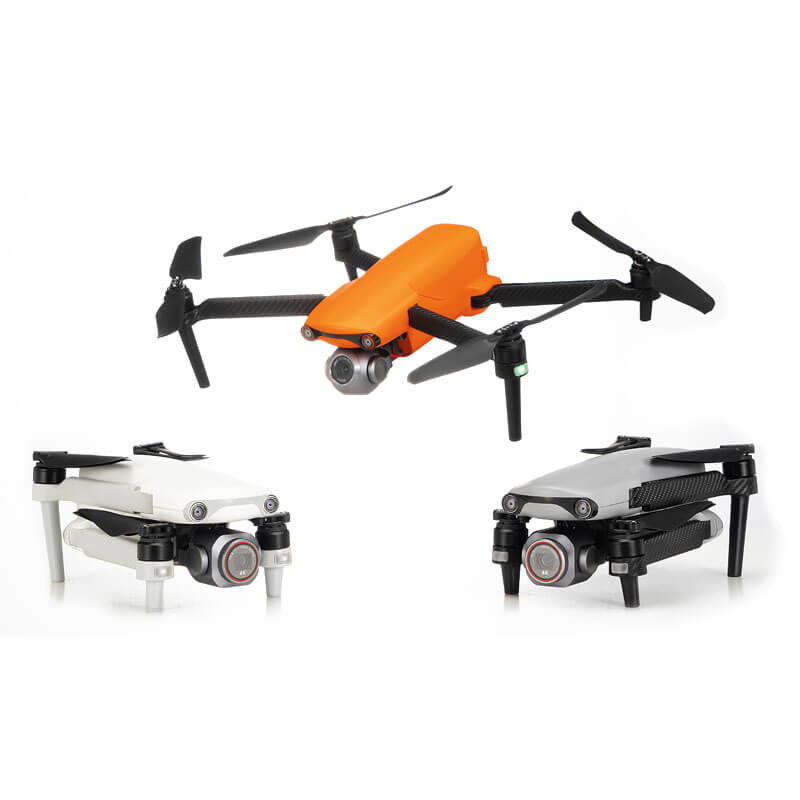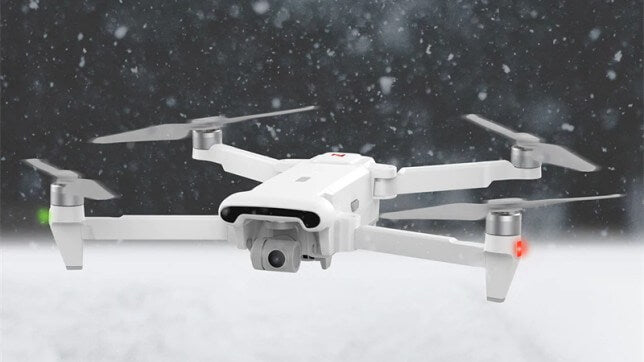Seattle-based Autel is known for great customer service and cameras with excellent image quality. With Autel discontinuing the X-Star, they're putting all their efforts into the new EVO. The mini drone EVO Nano dominates the market with a price tag of $799. Is this enough to compete with the DJI Mavic?
The Autel EVO Nano is a compact quadcopter that folds up like a DJI Mavic. It's capable of shooting 4K video at an impressive 60fps. It also has a flight time of up to 28 minutes and a flight range of 10 kilometers. Is Autel doing enough to compete with the Mavic Air? Read on to find out what we thought of the EVO and the great features it brings.
What is Autel EVO Nano?
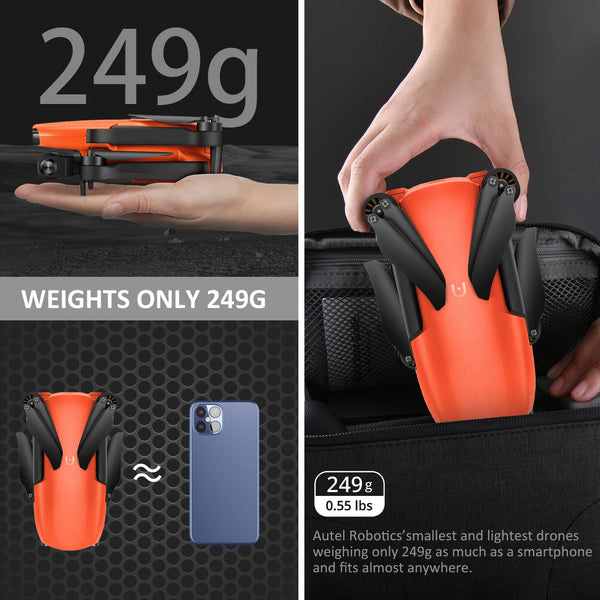
The EVO Nano is an impressive feat of engineering. It uses cameras and sensors on the front, bottom, and rear of the drone to create 2D and 3D maps that allow it to sense and avoid obstacles in its path.
Unlike some obstacle avoidance systems, it doesn't simply stop the drone. Instead, the EVO Nano will maneuver it safely around any obstacles in its path.
DJI's Mavic Pro has many of the same sensors as the EVO Nano, but lacks the EVO's rear-facing obstacle avoidance. At CES, Autel reps described an impressive ability to not only sense obstacles, but also record where drones are in memory as they change perspective and orientation .
Autel EVO Nano Obstacle Avoidance
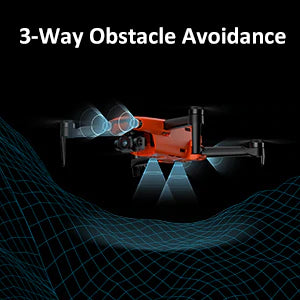
Here is the full list of sensors on the EVO Nano
main front camera
Forward-facing stereo camera for obstacle avoidance
Stereoscopic camera down
Downward sonar sensor
rear infrared obstacles
Global Positioning System
Autel EVO Nano 4k HD Camera

The camera of the Autel EVO Nano looks very impressive, and it sits on a three-axis gimbal. It uses a 3.5mm lens with a 94-degree field of view and an f/2.8 focal ratio. It transmits a live video feed to the remote control. You don't have to use a smartphone, as the remote has a 3.3-inch OLED display that shows live HD video.
This should allow you to take the EVO Nano into the air faster than a drone that needs to be set up to your phone (like the DJI Spark or Mavic). If you need a larger screen than a business card, you can still plug in your smartphone for a larger lag-free display.
DJI Mavic Camera
The camera and gimbal on the Mavic are smaller and possibly less stable than those on the EVO Nano
Autel EVO Features

The EVO Nano will be able to generate full-size 3D maps using its cameras. This feature makes EVO not just a camera tool, but also a 3D mapping tool. Sure, you can do some 3D mapping with a DJI Mavic or Phantom, but you'll have to download third-party software to do that. You can do it natively in the Autel Explorer app.
The Autel EVO Nano Drone is a fully functional GPS quadcopter. The EVO will feature an intelligent flight mode similar to the X-Star Premium. It will have aptly named modes including Orbit, GPS Tracking, Dynamic Tracking, Viewpoint and Waypoint Mission Planning. Loaded with software and sensor upgrades, the EVO Nano is the first choice for more pilots.
Autel EVO Nano vs DJI Mavic Air
Is this enough to compete with the Mavic Air? The EVO Nano has an advantage in flight time and range, but the new Mavic Air is more portable and more affordable. The EVO Nano's integrated OLED screen makes setup a little easier. Despite DJI's years of experience developing Mavic software and firmware, the Mavic is also an excellent quadcopter.
Time will prove everything. EVO Nano has obvious advantages, and it is the first choice among foldable and obstacle-avoidable mini drones.

